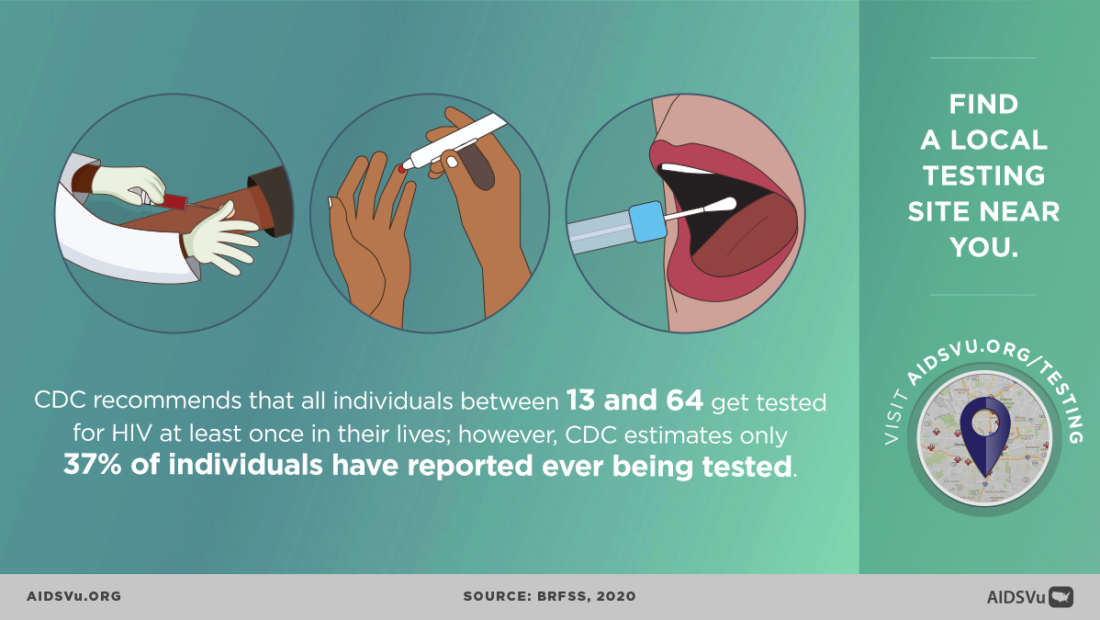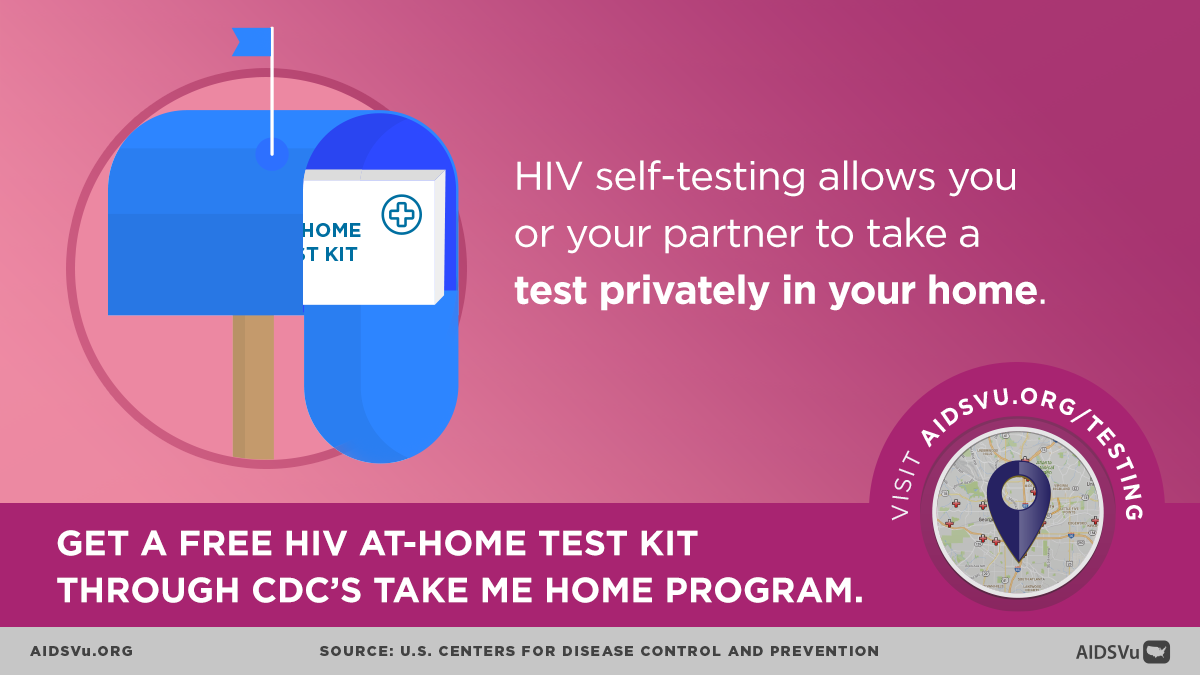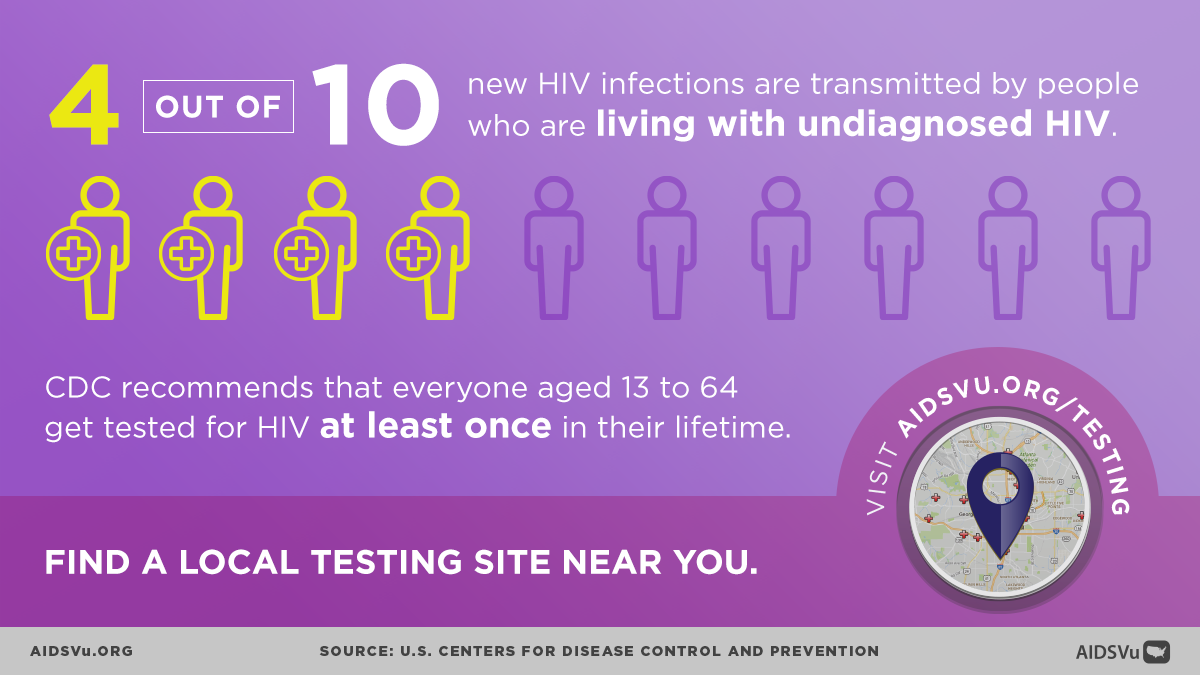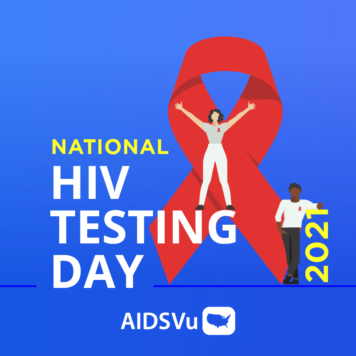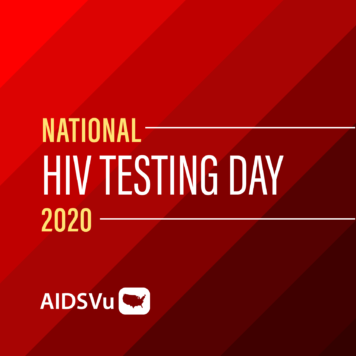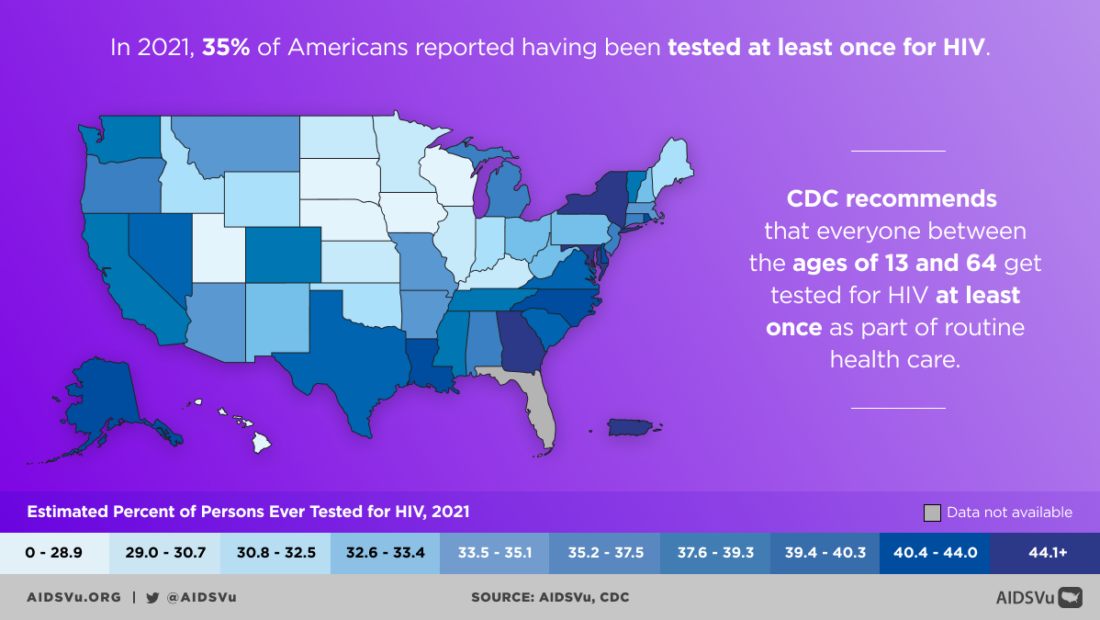
Routine HIV Screening
Routine HIV screening is an effective method of diagnosing individuals living with HIV and reducing the number of new HIV infections in a community. Integrating HIV testing into routine healthcare interactions removes the stigma associated with HIV testing, fosters earlier diagnosis and treatment, reduces the risk of transmission, and is cost-effective to implement.
Routine HIV screening is endorsed by CDC and received an “A” rating from the U.S. Preventive Services Task Force. Under the Affordable Care Act, this means that most private insurance plans and all Medicaid expansion programs must cover HIV testing without any patient cost-sharing. For individuals without health insurance, some testing sites offer free tests.

More Frequent Screening
In addition to screening everyone 13 and 64 at least once, CDC recommends that clinicians screen asymptomatic sexually active Men who have Sex with Men (MSM) for HIV at least once a year. Furthermore, clinicians should consider the benefits of more frequent screening for MSM who are at increased risk for HIV.
Studies show that despite seeing a primary care physician, many people at high risk* for HIV are not getting tested every year. In a recent study, during March 2020–March 2021, a novel public-private partnership provided free HIV self-test kits directly to MSM. Most participants reported they had never tested (36%) or tested >1 year ago (56%); approximately 10% reported accessing services including sexually transmitted infection testing and pre-exposure prophylaxis after using the self-test.
*Persons likely to be at high risk include people who inject drugs (PWID) and their sex partners, persons who exchange sex for money or drugs, sex partners of persons with HIV infection, and MSM or heterosexual persons who themselves or whose sex partners have had more than one sex partner since their most recent HIV test.
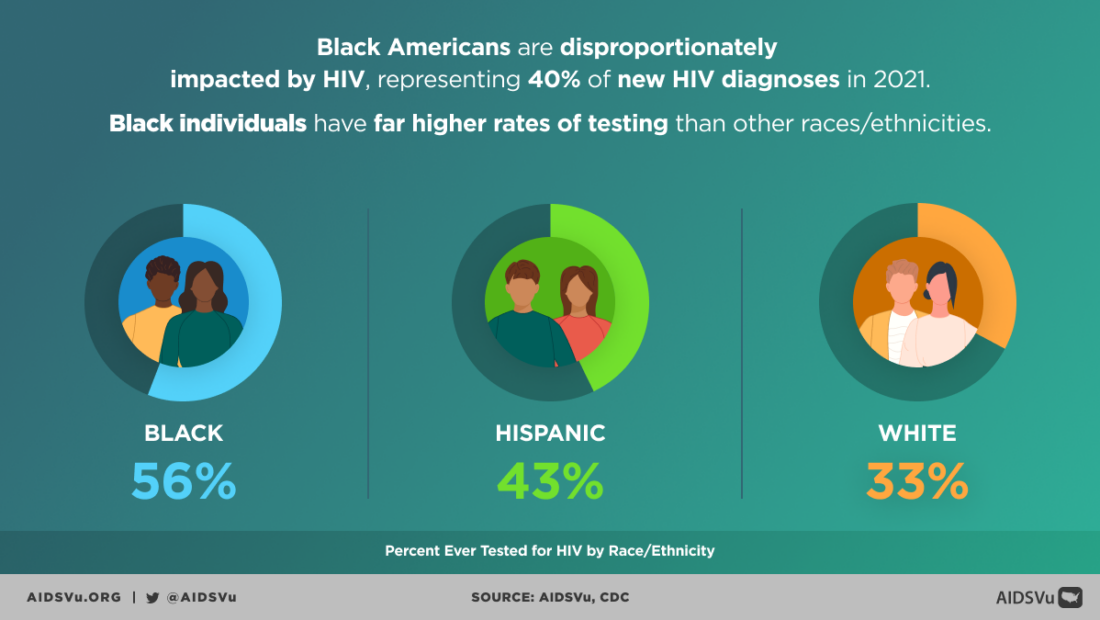
Why Test
If an individual tests positive, they can take medicine to treat HIV. People with HIV who take HIV medicine as prescribed can live long and healthy lives. Data from a clinical trial sponsored by the National Institutes of Health (NIH) show that being diagnosed with HIV early and starting treatment as soon as possible positively impacts an individual’s overall health outcomes throughout their life.
There’s also an important prevention benefit – if an individual takes HIV medicine daily as prescribed and achieves and maintains an undetectable viral load, they have effectively no risk of transmitting HIV to an HIV-negative partner through sex.
If an individual tests negative, there are more prevention tools available today to prevent HIV than ever before (see Deeper Look: PrEP).

Innovations in HIV Testing
Although new HIV infections in the U.S. are decreasing, public health officials, providers, and other stakeholders understand the importance of continuing to innovate to reach vulnerable populations. The COVID-19 pandemic has also placed unique pressures on testing in the U.S., whether it is coronavirus, viral hepatitis, or HIV testing.
Individuals can get an HIV test in many places:
- Health care provider’s office
- Health clinics or community health centers
- STD or sexual health clinics
- Local health department
- Family planning clinics
- VA medical centers
- Substance abuse prevention or treatment programs
- Testing at FQHCs
- Mail order testing
- Emergency room testing
- At-home testing and telehealth
- SSPs
- ASOs
- Community testing
- Pharmacy testing
Find a Testing Site Near You
AIDSVu’s testing locator helps locate an HIV testing site near you. You can also find a testing site by calling 1-800-CDC-INFO (232-4636) or texting your ZIP code to KNOW IT (566948).

